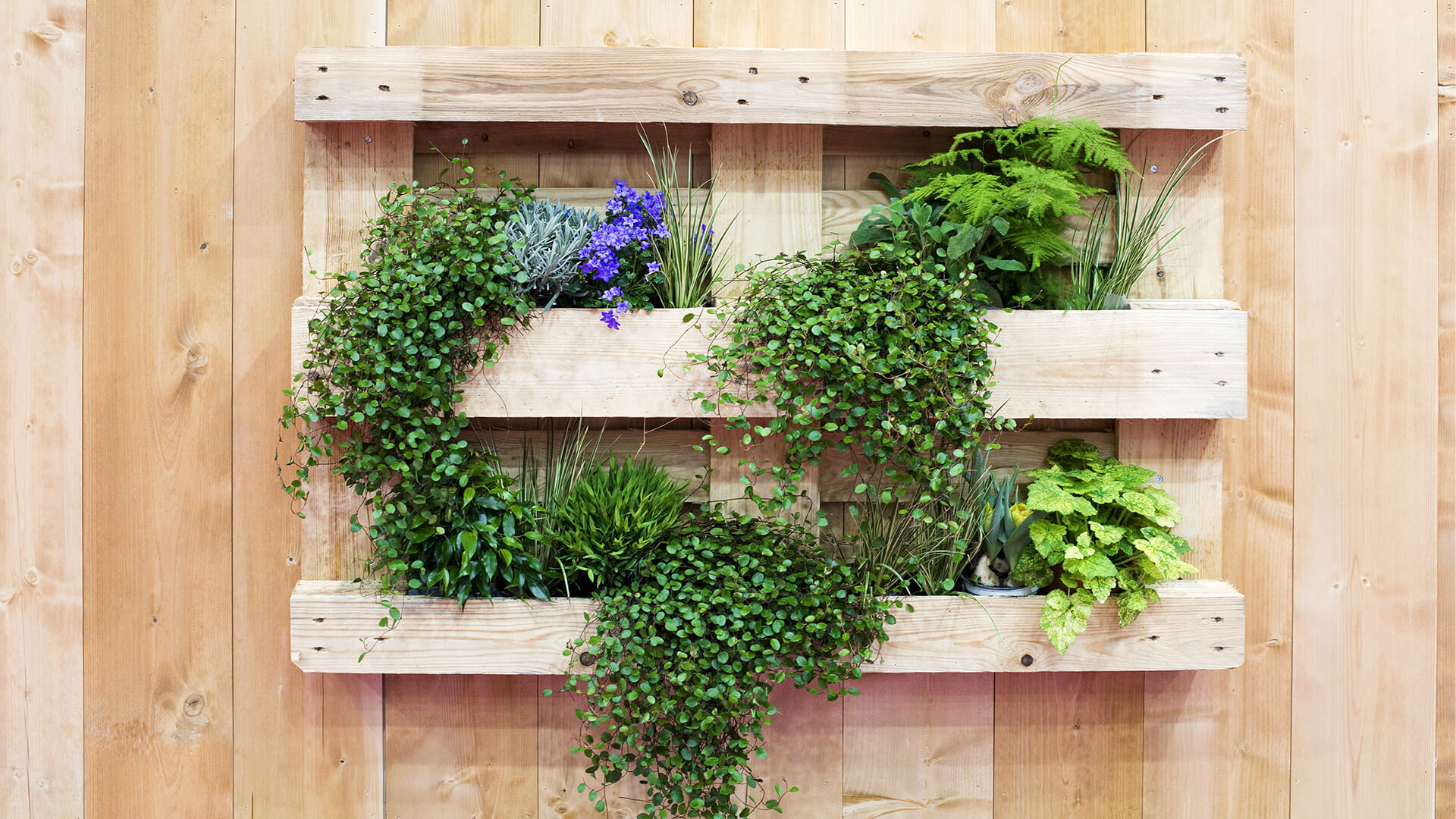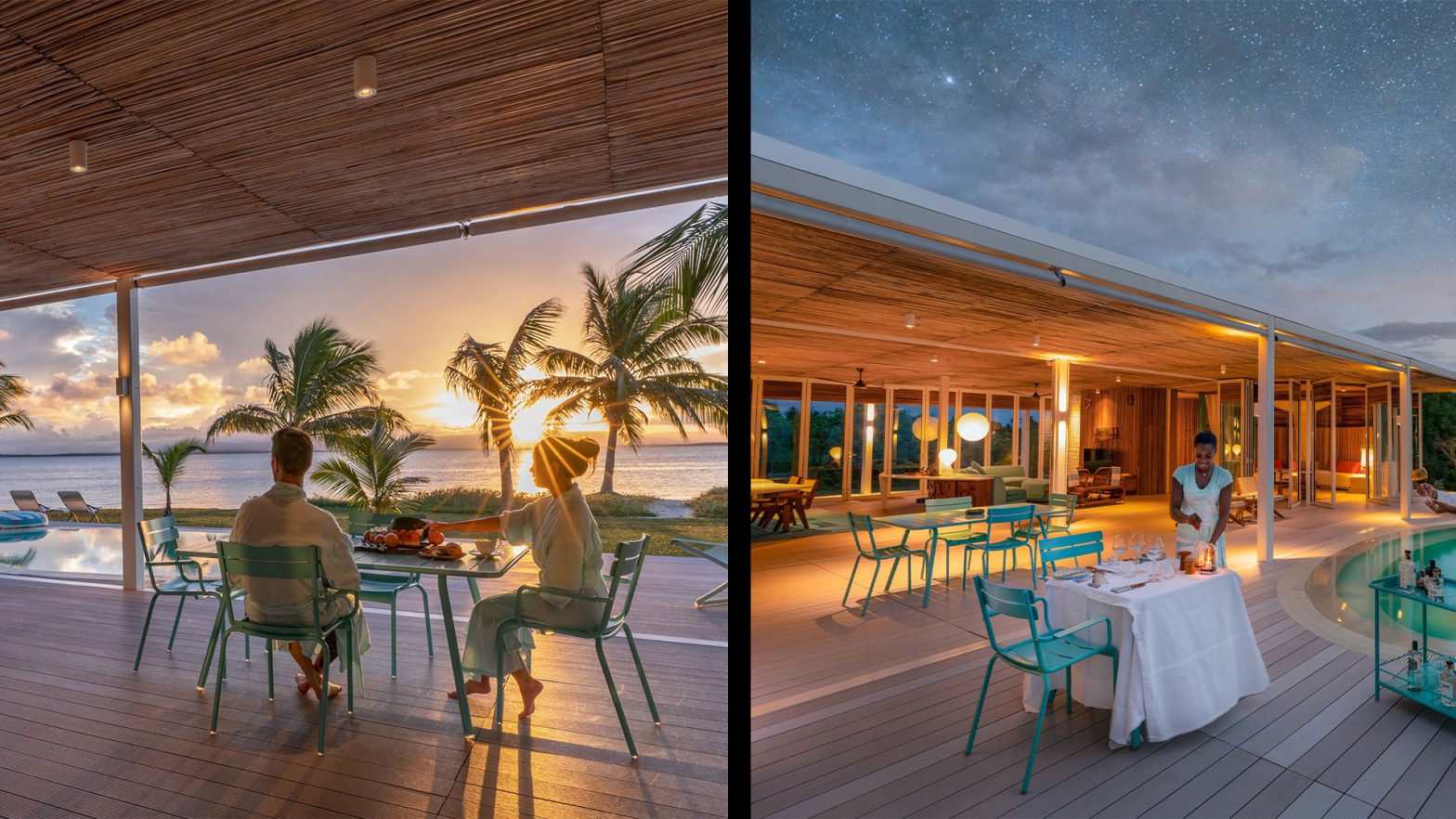An urban garden, unlike a conventional one, describes a compact green space that’s often ideal for growing assortments of fruit, vegetables and other edibles. This offers residents of towns or cities – urban jungles – the opportunity to connect with the outdoors in a sustainable, healthy way.
After rolling lockdowns in the UK, due to the global pandemic, the popularity in urban landscaping and gardening has steadily climbed. Increasingly, more residents of UK cities and towns have developed an appetite for green spaces and nature. From the centre of London to its outer boroughs and beyond, the importance of nature has become a key conversation for many citizens, especially homeowners. With access to green space, people feel connected to nature, less stressed, and can learn to live healthier and diet better from their settings.
The growth of this recent trend is supported by insights from Google, which shows an impressive 39% YoY increase in garden-related searches last year. Unlike other trends, which are more about pleasing views – balcony gardening, for example – urban gardens represent how people are trying to make the most out of nature.
Having a piece of green space in the city is certainly something to treasure. Yet, green retreats within urban environments are notoriously compact, polluted, or lack access to natural resources like sunlight and regular watering. So, with the pressures of urban environments, how can you make the most from your green space?
What, exactly, is an “urban garden”?
Urban gardens are, simply, green spaces such as allotments or private gardens that appear in cities, towns, or areas of developments. Typically, residents of apartments or town houses have minimal gardens. Communal allotments and other public gardens offer a mindful retreat for residents who lack access to nature
In urban planning, it can often seem unpractical to develop green spaces, because cities seem counterintuitive to wildlife. Yet, this is gradually changing due to new ‘Net Zero’ goals that the UK government is enforcing on planning projects, where buildings will be designed to more closely align and harmonise with nature.
Urban gardens are a small step in helping those who are flanked by buildings to connect with nature, but this is often under different motivations. Some garden for pleasure, others for mindfulness, and recently many have taken it up as a hobby or lifestyle to help nurture more creative diets. There’s also the collective sense that sustainability is a goal achieved only when we – the public and policymakers – come together.
Gardens with Minimal Space
It’s not uncommon for urban properties to suffer from minimal green space, which might be as simple as a rooftop terrace or balcony. Yet, lack of space is a design opportunity and has motivated some of the most creative landscapes. Urban spaces are often open canvasses and a great invitation to think outside of convention
Try avoiding grass if space is limited and, instead, use organic materials like wood to create a sense of nature. Evergreens offer homeowners a low-maintenance way to enjoy nature, especially if natural resources (soil and sunlight, for example) are in short supply.
You can keep your urban garden stylish, but the basics – evergreen plants like lavender foliage – can introduce new and exciting scents and sights to change the scenery.
Grow Vertically
If tight space is limited and you’re after an uncluttered but natural look, then consider growing upward rather than outward. Often residents overlook the creative potting solutions for their gardens, and this can do more than add a touch of green to high places, but actually help plants receive even more sunlight
Vertical gardens are often built from repurposed barrels or wooden crates, which are used to store and display a selection of plants. This can help capture a sense of nature without colonising the limited space available on your patio or balcony. This can also be achieved on a budget and helps sustainability goals by repurposing old pots and scrap wood as a hanging frame for your garden varieties of vegetables and fruits. Many have used this hack to the similar effect of a spice rack – planting fresh herbs within easy access can inspire your cooking too.
To maximise the space available, you can also use the easy-going replica planting and incorporate artificial green walls. For inspiration, check out this small garden in Wandsworth transformed in a lush oasis using the artificial green wall as a completely maintenance-free alternative to the real thing.
Knowledge is Power
Learning from nature can feel powerful and help us lead healthier lifestyles. Nature is the inspiration for so much in the world around us – from art, to literature, to how we diet and our fashion. Yet, experts have been studying natural processes for years to help innovate agriculture and horticulture. Both industries, albeit different, support our diets by creating fresh produce and helping nourish the natural world. What was once exclusively commercial is now public, as expert products are being made available to gardeners for the first time
Many turn to DIY and budgeted versions of commercial methods in order to achieve similar results from home, especially when they’re motivated to grow their own vegetables. For those who are after stronger, faster and better results from their plant life, conventional wisdom sees people turning to composting systems and products mislabelled as “plant food”. Yet, plants really only need natural resources to grow. New products like biostimulants or other organic-based compounds tend to have the best effect – because they stimulate natural processes, rather than forge them through chemicals.
This answers sustainability goals, because we’re learning from the natural world, and recycling its processes into our everyday. When we use this knowledge and combine with healthy practices, we can turn busy urban landscapes into mellow natural retreats.
Written by Kitty Bates, a digital content writer and regular contributor to Vistafolia’s blog and other lifestyle publications. Vistafolia are the market leaders in artificial green walls design and solutions for spaces where plants cannot grow.












































